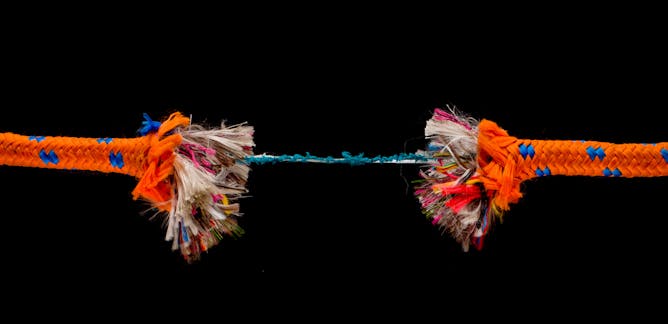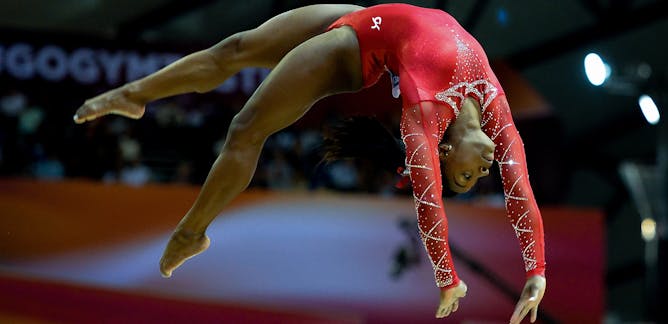|
We’re going to go Down Under for this weekend’s newsletter. That’s because without some Australian ingenuity, you wouldn’t be receiving this newsletter…or reading any of our articles. In fact, we wouldn’t exist.
This past week marks the 10th anniversary of the launch of The Conversation. Our unique model of journalism was born in Australia in 2011 when co-founders Andrew Jaspan and Jack Rejtman came up with the idea of essentially treating a university like a newsroom. It was an interesting concept: academics would be the authors; journalist editors would help them shape their stories for a general audience. One of the early proponents of the concept was Nobel Laureate Peter Doherty. “What if instead of a journalist sitting across the desk firing questions at me, I had someone working with me to help me get my ideas out in a way everyone
can understand,” he said a decade ago. This week, Doherty tweeted that The Conversation was “one of the best things we've done in Oz over the past decade.” Within a few years of the launch in Australia, the model moved to other parts of the world – including, in 2017, here in Canada. The Conversation now has editions in nine countries and reaches more than 30 million users each month.
So to celebrate the anniversary – and to honour our colleagues Down Under – I’ve assembled a number of stories that The Conversation Australia editors have chosen as their personal favourites from the last 10 years. And read the essay by Misha Ketchell, Editor & Executive Director of The Conversation Australia, who gives a detailed history of how this whole thing started.
Please join me in wishing a Happy Anniversary to our friends and colleagues in Australia. Have a great weekend and we’ll be back in your Inbox on Monday.
|

The Conversation Australia + New Zealand’s Editor Misha Ketchell (left) and CEO Lisa Watts (right).
Penny Stephens
Misha Ketchell, The Conversation
In just 10 years, The Conversation has garnered the second biggest global audience reach of any Australian media company, behind only News Corporation.
|
Editor's Picks: Favourite stories from the first decade
|

Brendan Zietsch, The University of Queensland
If you're a non-scientist, you might have once asked yourself, propped against the bedhead after disappointingly quick intercourse, how long does sex "normally" last?
| |

Patrick Stokes, Deakin University
Every year, I try to do at least two things with my students at least once. First, I make a point of addressing them as “philosophers” – a bit cheesy, but hopefully it encourages active learning. Secondly…
|

Joseph Paul Forgas, UNSW
Even though sadness and bad moods have always been part of the human experience, we live in an age that ignores or devalues them. But we've much to gain from feeling sad now and again.
| |

Kevin John Brophy, The University of Melbourne
A 40-year friendship ends badly and publicly, leading to a forensic examination of what it means to have and be a friend.
|

Ben Henley, The University of Melbourne; Nerilie Abram, Australian National University
The current rise in atmospheric carbon dioxide levels is unprecedented in the past 800,000 years. As our video explains, ice cores track human changes to the atmosphere that are far beyond natural.
| |

Ella Donald, The University of Queensland
Simone Biles enters the 2019 World Gymnastics Championships already with the most all-around gold medals ever. The greatest of all time, she has changed the sport forever.
|

Henry Reese, The University of Melbourne
The Tariff Board was told that if women could buy music that was cheap they would buy music that was dirty.
| |

Timothy N. W. Jackson, The University of Melbourne
In the blue corner is the extremely venomous Black Mamba – top snake of Africa – and in the red corner is the muscular Inland Taipan – Australia's alpha snake.
|
|
|